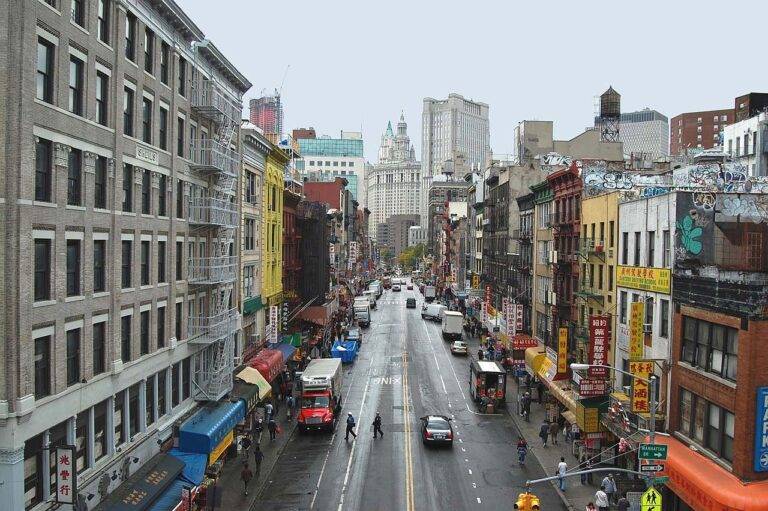How to Design a Functional Laundry Room
For any interior design project, one of the first steps is determining how the space will be designated for different functions. Whether it’s a home, office, or retail space, each area needs to serve a specific purpose that aligns with the overall objectives of the design. This process involves assessing the needs of the users and the requirements of the space in order to create a functional layout that meets those needs effectively.
When designating spaces, it’s essential to consider factors such as traffic flow, natural light, and the relationship between different areas. By strategically placing different functions in the space, designers can enhance the usability and aesthetics of the environment. Additionally, thinking about the spatial hierarchy and the focal points within a room helps to create a cohesive and harmonious design that caters to the needs and preferences of the users.
Considerations for Layout
When planning the layout of a space, it is essential to consider the flow of movement within the area. The arrangement of furniture, partitions, and decor elements should guide individuals seamlessly through the space, creating a natural and intuitive progression. By optimizing the layout for ease of navigation, you can enhance the functionality and overall experience of the environment for its users.
Another crucial aspect to keep in mind when designing a layout is the balance between aesthetic appeal and practicality. Striking a harmonious balance between visual impact and functional efficiency is key to creating a space that is not only visually pleasing but also highly functional and conducive to its intended purpose. Careful consideration of how elements are arranged within the space can help achieve this delicate equilibrium, ensuring that both form and function are seamlessly integrated.
What is the importance of designating the space in layout design?
Designating the space in layout design is crucial as it helps create a clear hierarchy and organization of content. It allows for easy navigation and enhances the overall user experience.
How does considering layout affect the overall design of a project?
Considering layout helps in determining the placement of elements such as text, images, and interactive features. It ensures a balanced and visually appealing design that effectively communicates the intended message.
What are some key considerations for layout design?
Some key considerations for layout design include balancing visual elements, maintaining consistency in design, optimizing for different screen sizes, and ensuring easy navigation for users.
How can one optimize layout design for different devices?
One can optimize layout design for different devices by using responsive design techniques, testing layouts on various devices, and considering how users interact with content on different screen sizes.
Why is it important to think about user experience when planning layout design?
Thinking about user experience when planning layout design is important as it helps in creating a layout that is intuitive, easy to use, and engaging for the audience. It ultimately leads to higher user satisfaction and retention.





